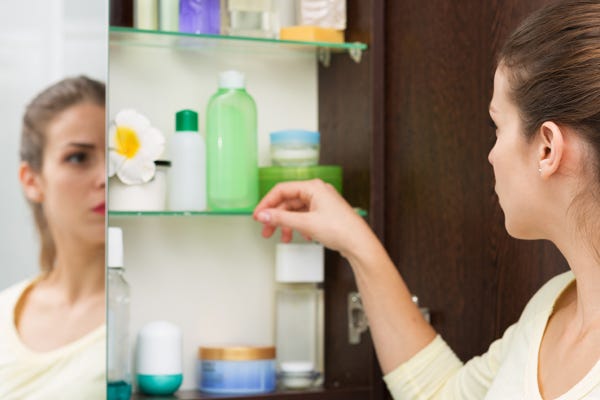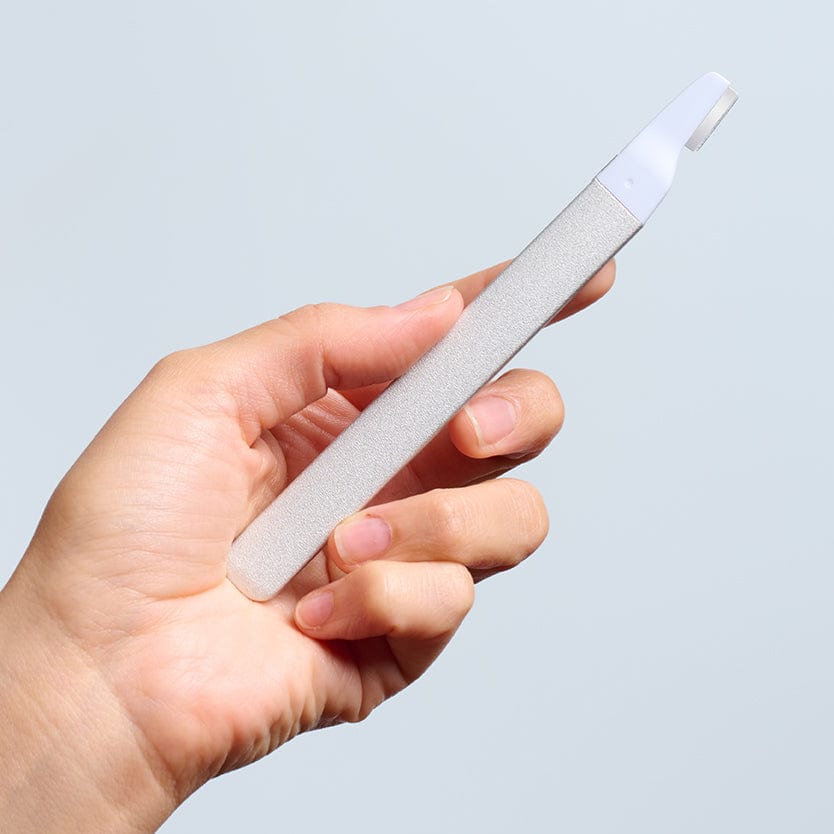How To Tell If Your Skincare Has Gone Bad
Written by Kerry Benjamin

You would never drink expired milk or eat wilted veggies, but how many skincare products do you use that have passed their shelf life? Figuring out when to toss your products can be tricky business. Here’s what you need to know.
WHERE IS THE EXPIRATION DATE?
The fda doesn’t require cosmetic companies to include expiration dates on their labels, except on over-the-counter drug treatments like spf and acne products. Thankfully, many cosmetic companies include an expiration date anyway.
Look to the bottom of your packaging for a stamp with an expiration date. If you can’t find one, look for a symbol with an open jar and a letter m to indicate how long your product will last after opening. For example, 12m means your product is good for 12 months after you first open it.
If you can’t spot an expiration date on your container, there are still ways to tell if your product is past its shelf life. Products are required to have a batch number printed on them. You can contact the company and give them the batch number to find out when the product will expire. You can also search some batch numbers on checkcosmetic.net
If that doesn’t work, use you senses— if your product smells funky, has changed color or texture, or has started to separate, it's time to say goodbye. Check your natural products more frequently--they tend to have shorter shelf lives because they have fewer preservatives.
WHAT HAPPENS WHEN A PRODUCT EXPIRES
INGREDIENTS LOSE EFFECTIVENESS:
for over-the-counter treatments like acne products and spf, a passed expiration date signals that the active ingredient is no longer as active as it should be. This means that your acne treatment may not work as well and your spf may expose your skin to harmful uv rays. Other ingredients like retinol and vitamin c also break down and become unstable when they expire. On the other hand, certain ingredients like acids can become more potent with time.
BACTERIA CAN GROW:
preservatives, just like many ingredients, can lose their potency over time. That makes certain products, especially water-based products, susceptible to bacterial growth once they have expired. Products packaged in jars that require you to constantly dip your finger into the formula can also be a bacterial risk. Toss these products after their expiration dates to avoid skin irritation and breakouts.
OILS BECOME RANCID:
although oil-based products don’t harbor bacteria, they begin to smell “off” when they expire. That’s because oils go rancid over time when their chemical bonds become compromised by air and light. Once an oil is rancid, it loses all of its nutritional value to the skin and can even cause free radical damage. Rancid oils smell like melted crayons-- plasticky and chemical. If you notice an unpleasant shift in odor in your facial oils, toss them.
INGREDIENTS CAN OXIDIZE:
some ingredients begin to oxidize when exposed to air, for example vitamin c. Generally, you can tell that something has oxidized because it will turn a yellow-ish or brown-ish color. Sometimes this color shift doesn’t greatly impact the efficacy of the product. But sometimes, this oxidation can be a sign that the ingredients inside the product are no longer potent. If you notice a color shift but the product is still within its expiration date, contact the brand to find out if you can keep using the product.
Keeping track of your skincare expiration is an important part of your skin hygiene. Check your expiration dates, search batch numbers, and remember to store your products properly--out of direct sunlight and in a cool, dark place--to prolong their shelf lives.
About the Author

Kerry Benjamin, a licensed aesthetician, has over 14 years of experience. Kerry is the driving force behind StackedSkincare. As the company's CEO, Kerry has dedicated her career to revolutionizing skincare. Her innovative approach combines peels, serums, and specialized tools to effectively address a wide range of skin concerns. CA LE license number Z98459.

